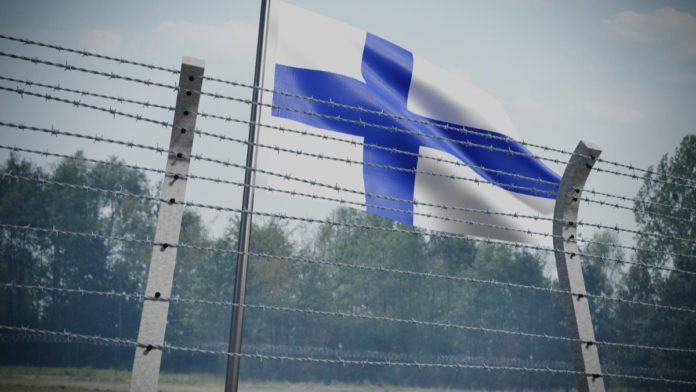Finland’s law to turn asylum seekers away at its long eastern border with Russia came into force.
The Finnish Parliament approved this new law earlier this month in an effort to prevent instrumentalsed immigration, Schengen.News reports.
The deportation act would allow a temporary exception to the constitution in a national emergency. Under this exception, border guards could block asylum seekers from entering the country and deprive them of the right to appeal. As Finland authorities revealed, the act will be in force for 12 months.
This is a law that aims to oppose controlled migration. It is not a law on migration or asylum policy.
The decision to pass this law came amid widespread accusations that Russia is trying to “weaponise” migration at its eastern border with Finland by encouraging migrants from countries such as Syria and Somalia to cross the border.
Some Human Rights Organisations Disagreed to Finland’s New Law
While the Finnish authorities have considered the law necessary, some human rights organisations have criticised the move.
They say the new law fails to solve a fundamental problem in the east: the closure (for over half a year) of all crossings along the entire 1,300 km of the Finnish-Russian border, violating freedom of movement.
The shortest route to Russia currently runs through Estonia for dual citizens or people with relatives on both sides of the border.
Finland has faced a surge in asylum seekers from the Middle East and Africa and blames Moscow for fueling the influx – which the Kremlin has repeatedly denied. In April of 2023, Finland decided to indefinitely close its 1,340-kilometer border with Russia.
3 Baltic Countries Adopted Similar Laws for Migrant Pushbacks at Belarus Border
Earlier in the autumn of 2023, when the mass influx of migrants from across the eastern border began, and the crossings were open, over 1,300 people arrived in Finland within a dozen weeks.
Most people who arrived during this period and earlier this year came from the Middle East and Africa, including Afghanistan, Egypt, Iraq, Somalia, Syria, and Yemen. They were mostly men aged 20–30. Finnish authorities estimate that some of them could pose a threat to the country’s security through association with extremist groups, militias, or organised human trafficking.
According to media reports, up to one in four of the people who arrived in Finland during that period and ended up in migrant centres later left the country, with some reaching other EU countries, mainly Germany.
In 2021, Baltic countries such as Poland, Lithuania and Latvia passed similar laws after Belarusian leader Alexander Lukashenko orchestrated a border crisis by drawing migrants from the Middle East and pushing them towards the EU in retaliation for sanctions imposed by Brussels.


